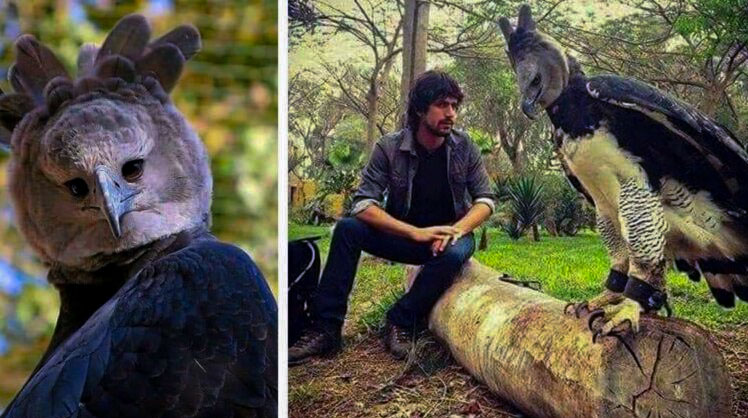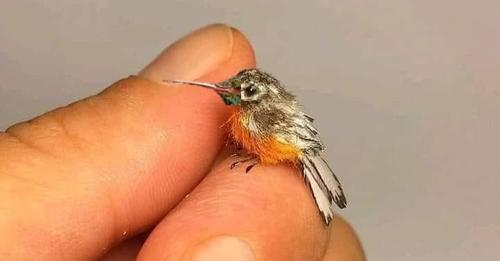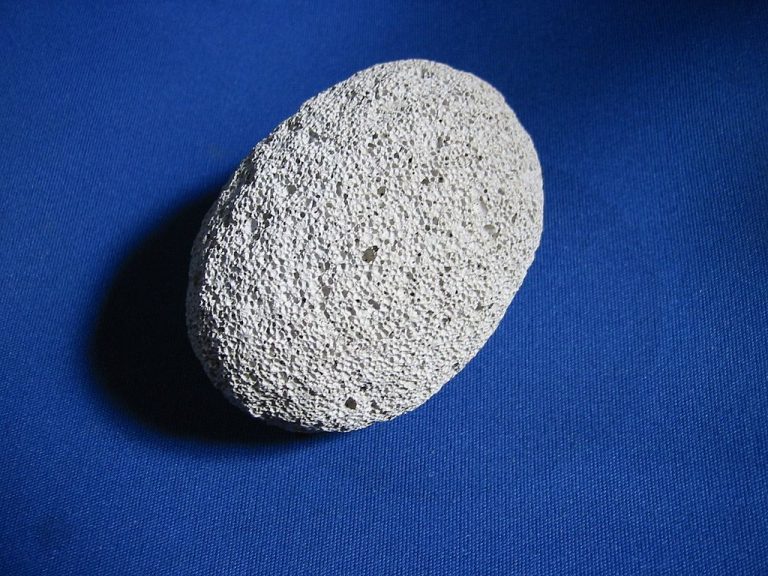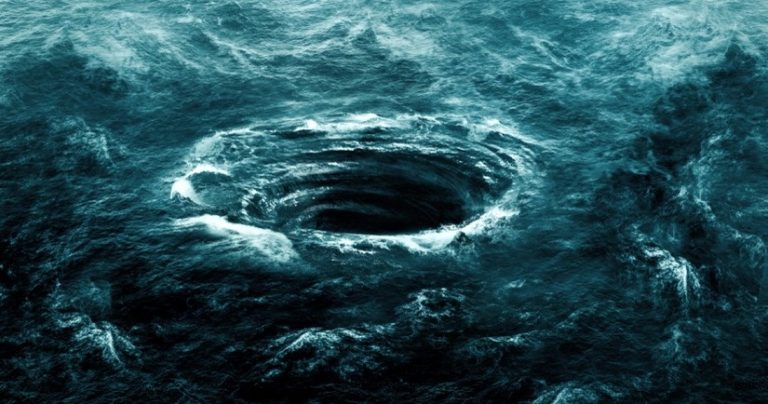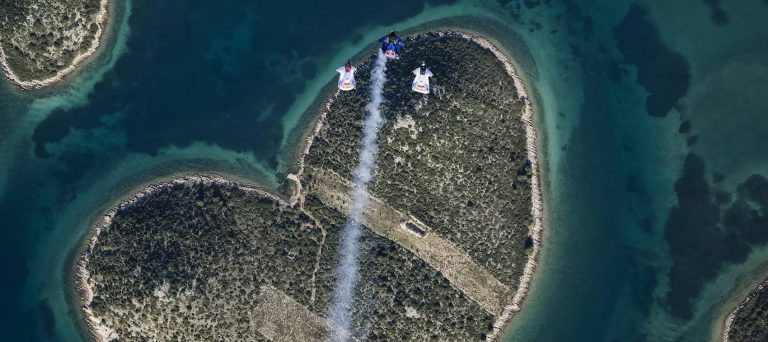Asteroid being captured by NASA worth $10,000,000,000,000,000,000 would make everyone on Earth a billionaire
NASA’s latest mission has launched a rocket to explore one of the most intriguing objects in the main asteroid belt, which could theoretically make everyone on Earth rich.
Last Friday, October 13, the space agency successfully launched a rocket aimed at the metal-rich asteroid 16 Psyche.
This asteroid is filled with gold, iron, and nickel, with an estimated combined value of $10,000 quadrillion (£8,000 quadrillion).
If NASA were to successfully mine the asteroid and bring it back to Earth, everyone on the planet would essentially become billionaires.
However, in reality, this would crash the world’s economy, similar to if everyone won the lottery jackpot.
Fortunately, NASA has said that mining the asteroid is not their goal. The mission aims to learn about planetary cores and how planets form.
In a press release from July, NASA stated: “With less than 100 days to go before its launch, teams of engineers and technicians are working almost around the clock to ensure the orbiter is ready to journey 2.5 billion miles to a metal-rich asteroid that may tell us more about planetary cores and how planets form.”
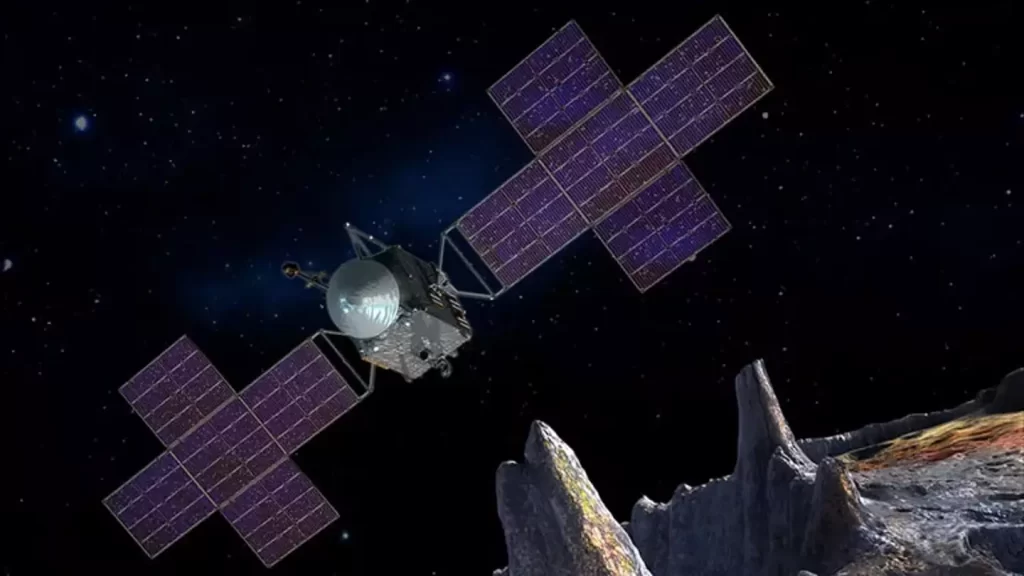
NASA stated that the asteroid orbits the Sun between Mars and Jupiter, at a distance ranging from 235 million to 309 million miles (378 million to 497 million kilometers) from the Sun.
Scientists expect the spacecraft to reach the asteroid around July 2029, with a slight boost in speed from Mars when it passes the red planet in May 2026.
“Once in orbit, the spacecraft will map and study Psyche using a multispectral imager, a gamma-ray and neutron spectrometer, a magnetometer, and a radio instrument for gravity measurement,” NASA added.

While there are nine other metal-rich asteroids in our solar system, NASA chose 16 Psyche because it is the largest and least likely to have been altered by space impacts.
“Psyche is by far the largest, and that’s why we want to go to it. The smaller ones are more likely to have been changed by impacts, whereas we think the big one remains unchanged,” said Nicola Fox, the associate administrator for NASA’s science mission directorate, to Space.com.

